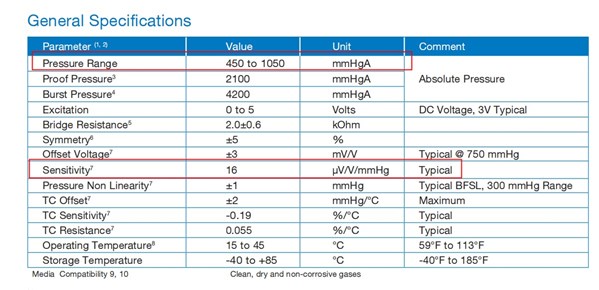Hi team,
1) Use the PGA309 to amplify the differential signal of the pressure sensor, but the theoretically calculated amplification does not match the amplification achieved by the measurement:
The PGA309's VSA, VSD, are all 5-V DC powered with a common mode input voltage of 1.450 V and a differential input voltage of 10.1 mV. The PGA309 operates in test mode.
The internal settings are as follows: Internal Reference 2.5 V, Coarse Offset adjust set to 0 V, ZeroADC set to 0, GainADC set to 1.0. The previous PGA has a magnification of 32, followed by a magnification of 2.
The theoretically calculated voltage value is [(10.1+0)*32+0]*1.0*2=646.4mv, but the actual measured VOUT value is 746mv. Why's this?
Are the following 3 parameters affecting the amplified output value? What do these parameters mean?



2) External Sensor Output Sensitivity: 1-245mv/v on the datasheet, is this referring to the sensitivity of the PGA309 external sensor? If the PGA309 is continued with a sensitivity of 16uV/v for the external sensor, can a valid voltage value be measured by the magnification factor?
Could you help check this case? Thanks.
Best Regards,
Cherry


